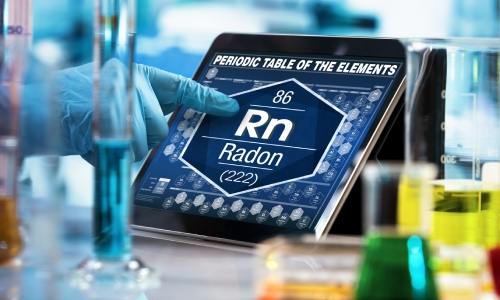There are several ways to test for radon in your home:
Short-term radon test kits: These kits are inexpensive and easy to use. They can be purchased at hardware stores, home improvement stores, or online. They typically include a small container that you place in your home for a few days to a week, then send back to a laboratory for analysis.
Long-term radon test kits: These kits are more accurate than short-term kits, but they take longer to provide results. They can be purchased in the same places as short-term kits, or from a radon testing professional. They typically include a small container that you place in your home for several months to a year, then send back to a laboratory for analysis.
Continuous radon monitors: These devices provide continuous readings of radon levels in your home. They can be purchased from a radon testing professional or online.
Professional radon testing: You can hire a professional radon testing company to test your home for radon. The company will use specialized equipment to measure radon levels in your home over a period of time.
It is important to follow the instructions provided with the test kit or device carefully, and to place the test kit or device in a location where it will be exposed to the same air as you are. This typically means placing it at least four inches off the ground, in the lowest lived-in level of your home.




